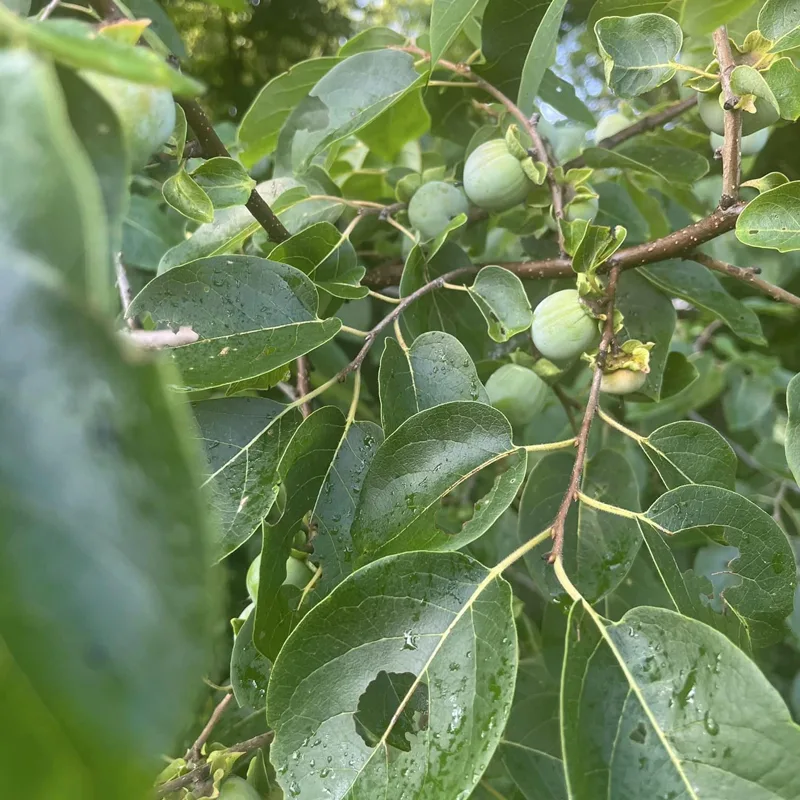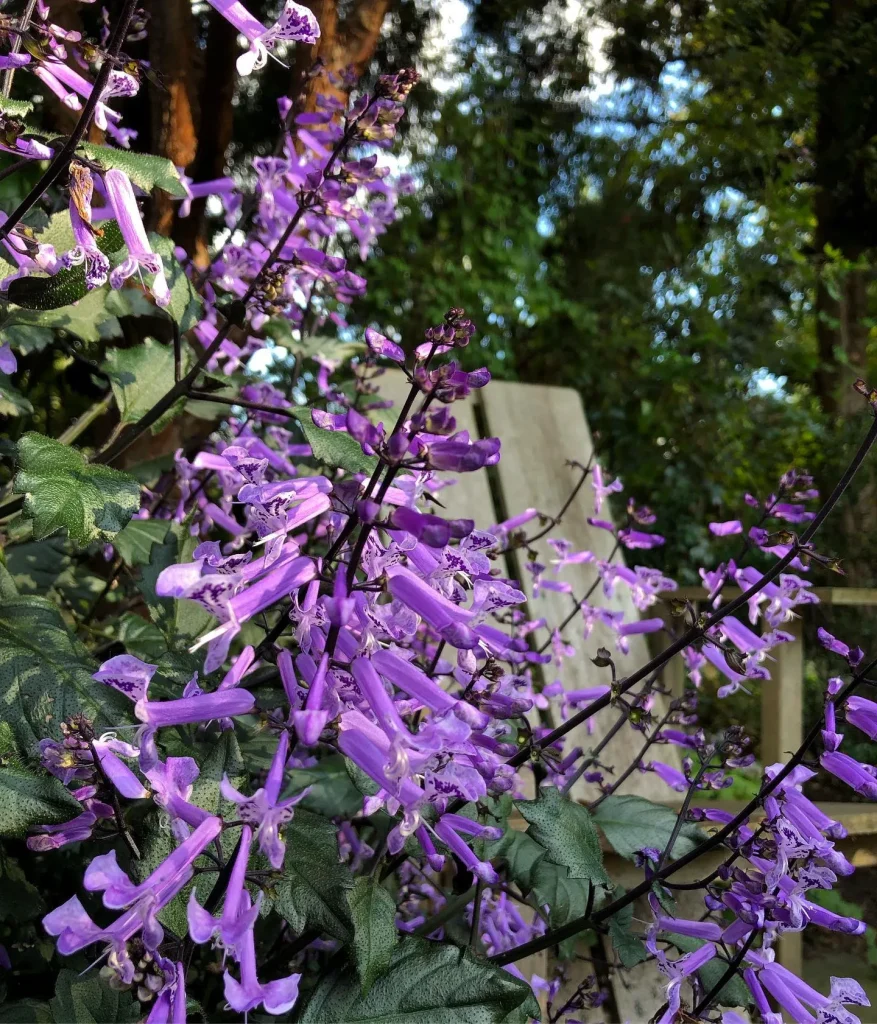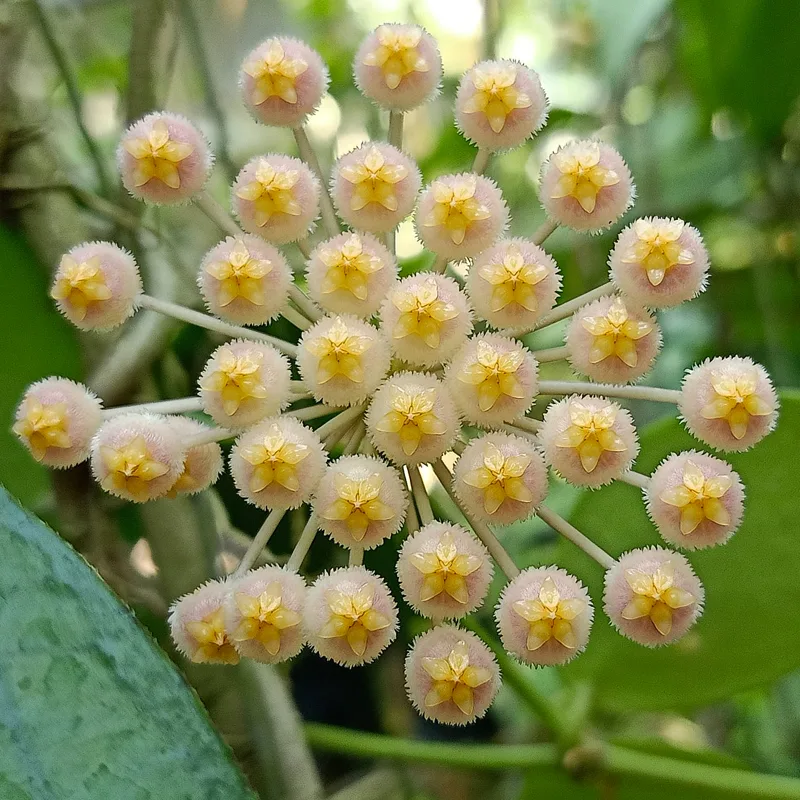Fire and Ice Hydrangea vs Fire Light Hydrangea
I’ve had the Fire and Ice Hydrangea in my garden for a while, and its striking white blooms with red edges have always been a favorite, adding a unique pop of color to the landscape. On the other hand, the Fire Light Hydrangea caught my eye because of its intense red flowers that turn deeper shades as the season progresses, which I find really vibrant and eye-catching. While both are beautiful, I lean towards the Fire Light Hydrangea for its bold color changes and the way it creates a dramatic effect in my garden.
How to prune Fire and Ice Hydrangea?
Pruning my Fire and Ice Hydrangea always feels like a bit of an art. I start by removing any dead or damaged branches first to keep the plant healthy. Then, I focus on shaping it by cutting back some of the older stems to the base to encourage new growth. I also trim back any stems that look overcrowded, making sure to cut just above a pair of healthy buds. This way, the plant maintains a nice, open shape which helps with air circulation and overall health.
100 Species in Genus Hydrangea
When to prune Fire and Ice Hydrangea?
I’ve learned that the best time to prune my Fire and Ice Hydrangea is in late winter or early spring, before new growth begins. This timing works well because the plant is still dormant, and pruning it at this stage encourages robust new growth and lots of blooms. Waiting until this period ensures that I don’t accidentally cut off any developing flower buds.
Can I prune Fire and Ice Hydrangea in early fall?
Pruning my Fire and Ice Hydrangea in early fall isn’t something I do. Early fall pruning can encourage new growth just before winter, which isn’t ideal because the new growth can be damaged by frost. I prefer to leave any major pruning until late winter or early spring, as this timing ensures the plant is better prepared for the growing season ahead.
Does Fire and Ice Hydrangea bloom on new wood?
One of the things I love about my Fire and Ice Hydrangea is that it blooms on new wood. This means that even after a good pruning in late winter or early spring, the plant will produce beautiful flowers in the summer. Knowing that it blooms on new wood gives me confidence when cutting it back, as I know I’m not sacrificing my flower display for the year.
How tall does Hydrangea Fire and Ice get?
My Fire and Ice Hydrangea has grown to be about 6 to 8 feet tall, which is quite impressive. It’s a hardy and vigorous plant, and with proper care and the right conditions, it has reached its mature height. Its size makes it a stunning focal point in my garden, especially when it’s in full bloom.
How to care for Fire and Ice Hardy Hydrangea?
Here’s a breakdown of its needs:
Sunlight and Location:
- Prefers full sun (at least 6 hours of direct sunlight daily) but tolerates partial shade, particularly in hot climates where afternoon shade can be beneficial.
- Choose a location with well-drained soil. Avoid areas with constantly wet roots.
Watering:
- Water regularly, especially during the first growing season and hot weather.
- The key is to maintain consistently moist soil, but not soggy.
- Allow the top inch of soil to dry slightly before watering again.
Soil:
- Fire and Ice Hydrangeas are not fussy about soil pH and can thrive in slightly acidic, neutral, or even slightly alkaline soil.
- However, well-drained soil is crucial. If your soil is heavy clay, amend it with compost or organic matter to improve drainage.
Fertilizing:
- You don’t need to fertilize heavily. A balanced fertilizer applied once a month during the spring and early summer growing season is sufficient.
- Overfertilizing can encourage excessive leaf growth and reduce flowering.
Pruning:
- Prune in early spring before new growth appears.
- Dead or damaged stems can be removed throughout the year.
- Fire and Ice Hydrangeas bloom on new wood, so don’t be afraid to cut back stems to encourage bushier growth and more blooms.
Winter Care:
- This variety is very cold hardy (USDA zones 3-8).
- In colder climates, you can apply a layer of mulch around the base of the plant in late fall to protect the roots from freezing temperatures.
Additional Tips:
- Fire and Ice Hydrangeas are generally pest and disease resistant.
- Deadheading spent flowers can promote continued blooming and maintain a tidy appearance.
- Mulching around the base of the plant helps retain moisture, suppress weeds, and regulate soil temperature.
How to propagate Fire and Ice Hydrangea?
To propagate my Fire and Ice Hydrangea, I use the stem cutting method. In early summer, I take a 6-inch cutting from a healthy, non-flowering shoot. After removing the lower leaves, I dip the cut end in rooting hormone and plant it in a pot filled with a mix of peat and perlite. Keeping the cutting moist and in a shaded area helps it to root. Once it establishes roots, I gradually acclimate it to outdoor conditions before planting it in the garden.
If i die, water my plants!



